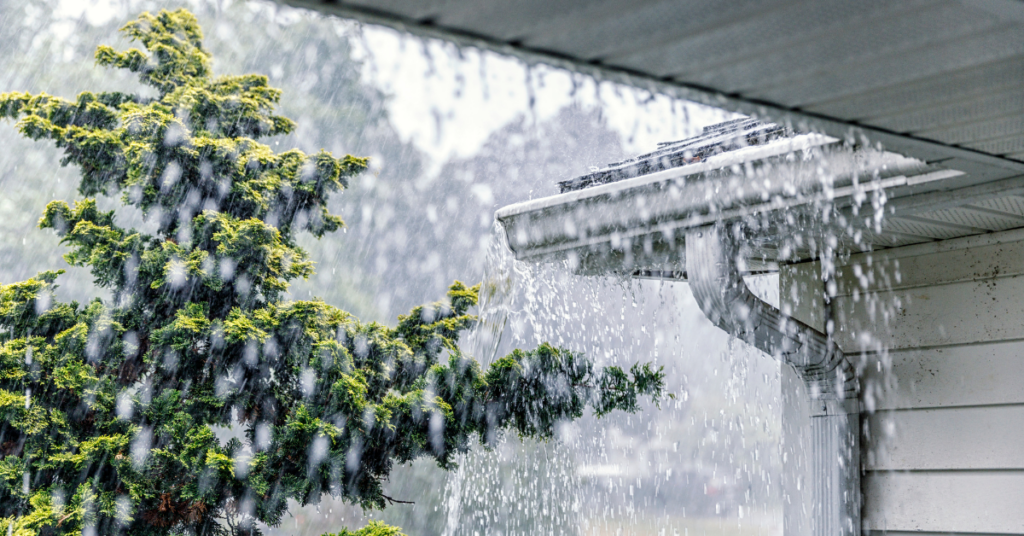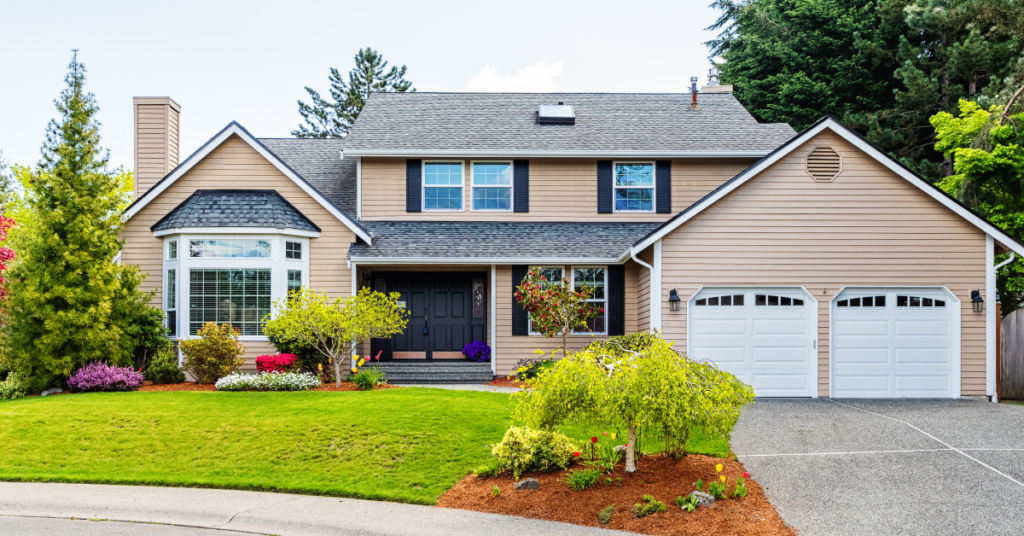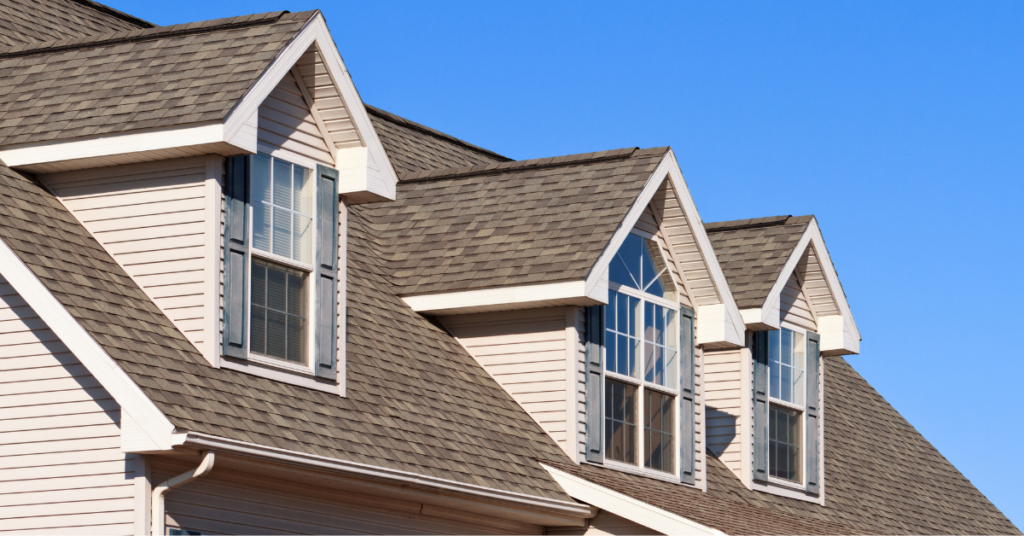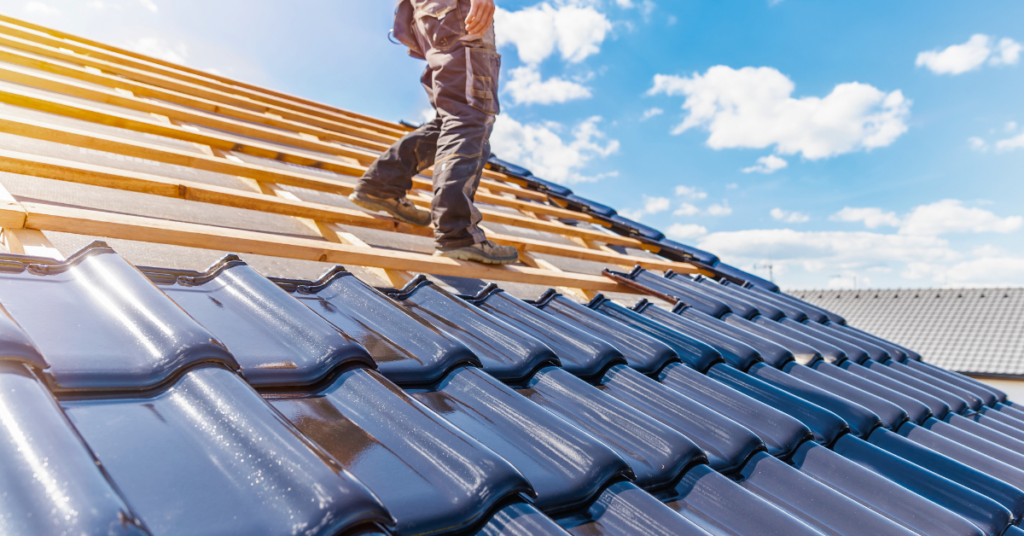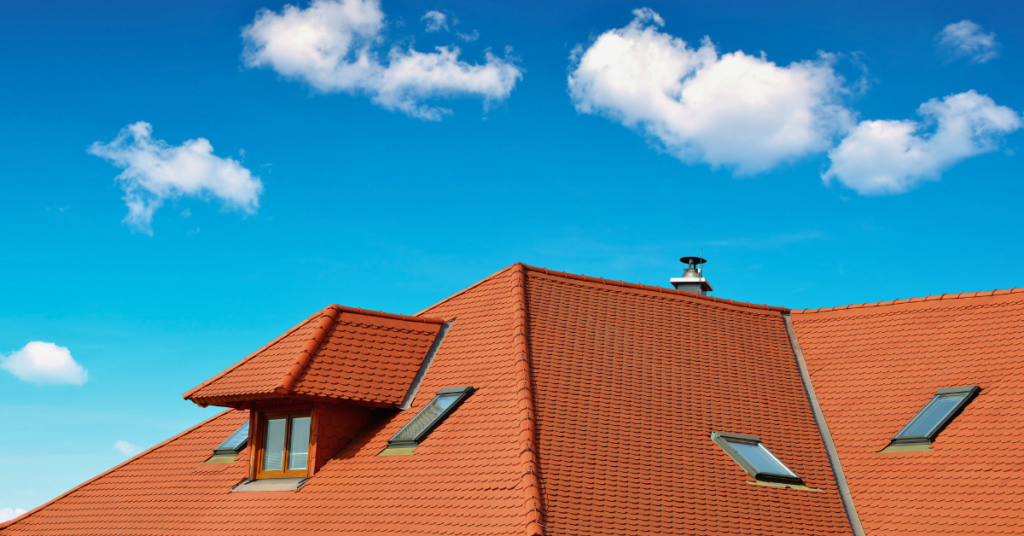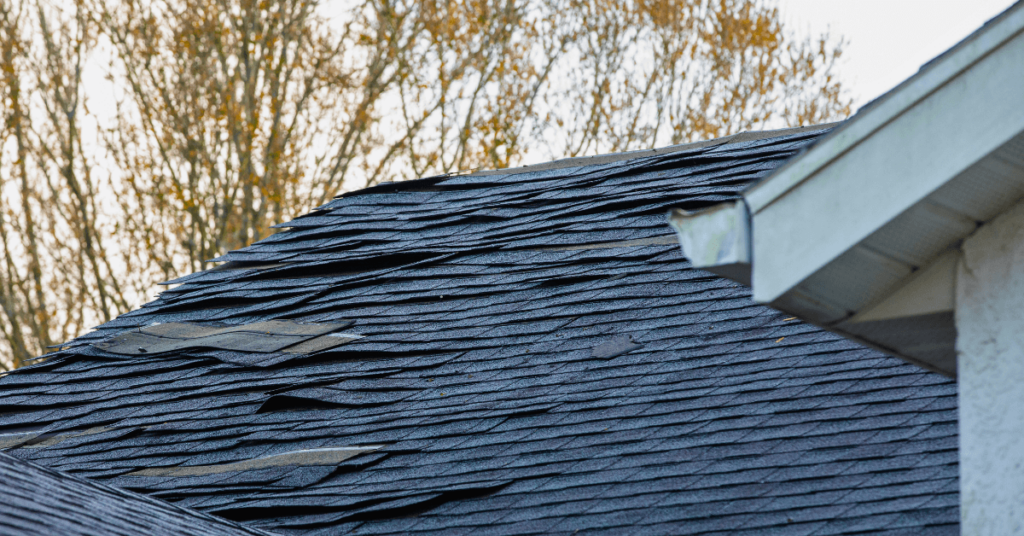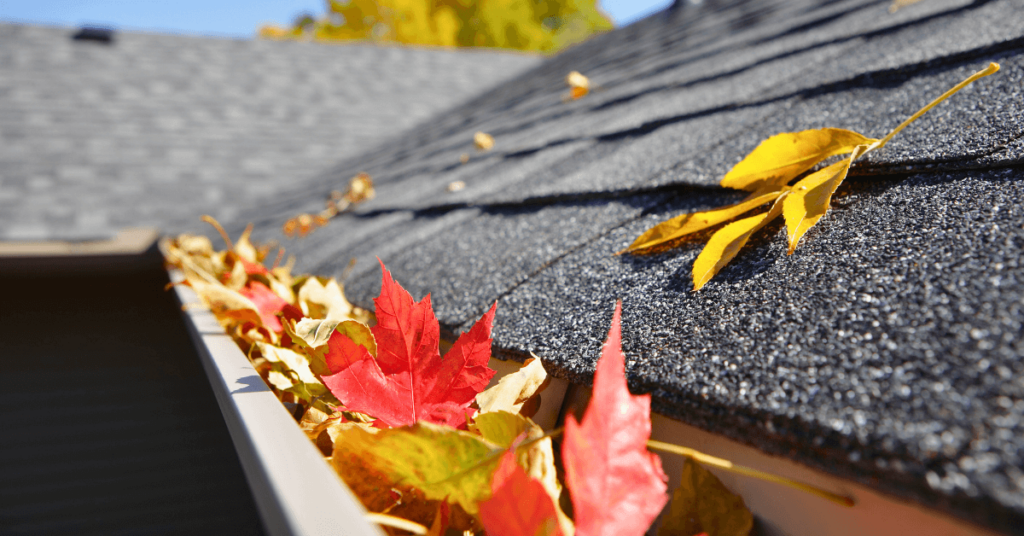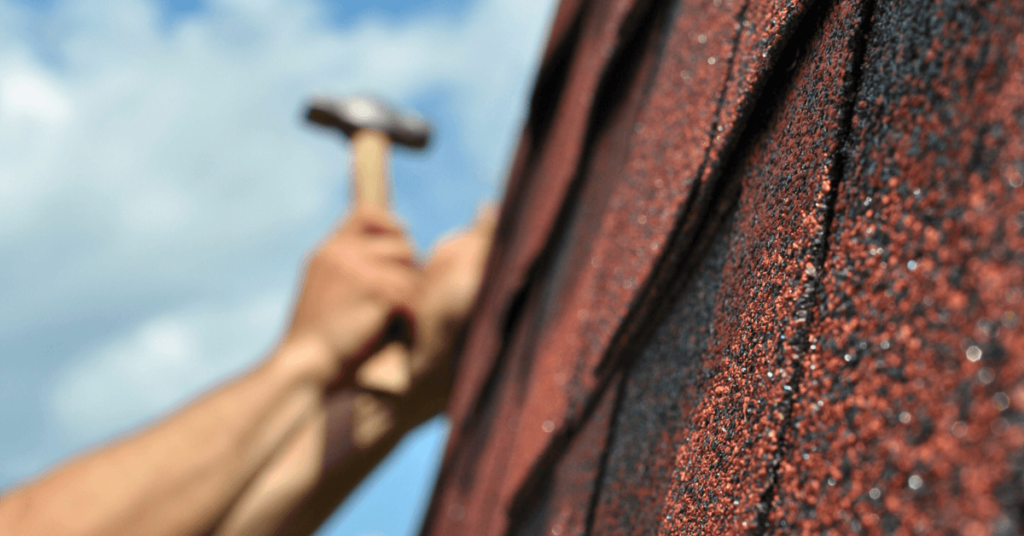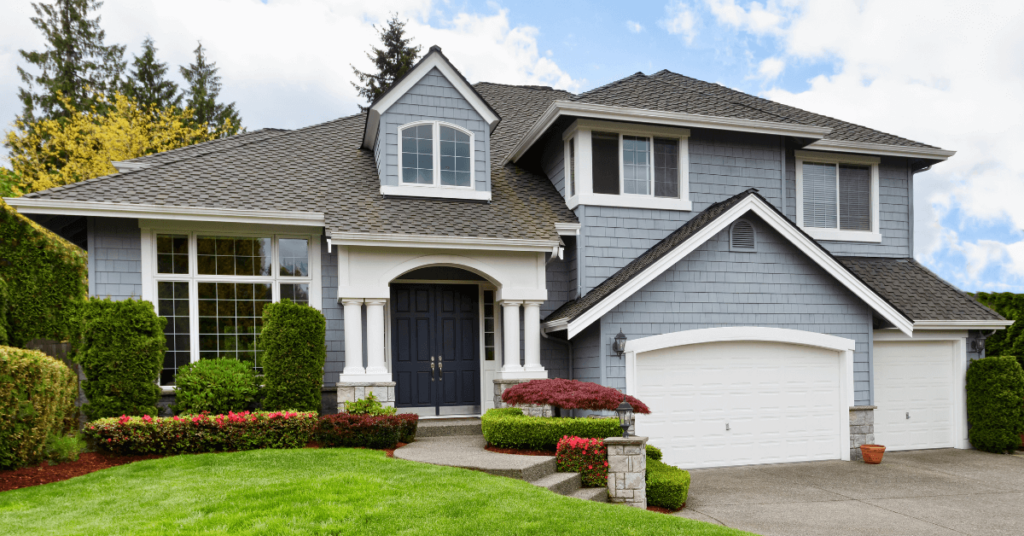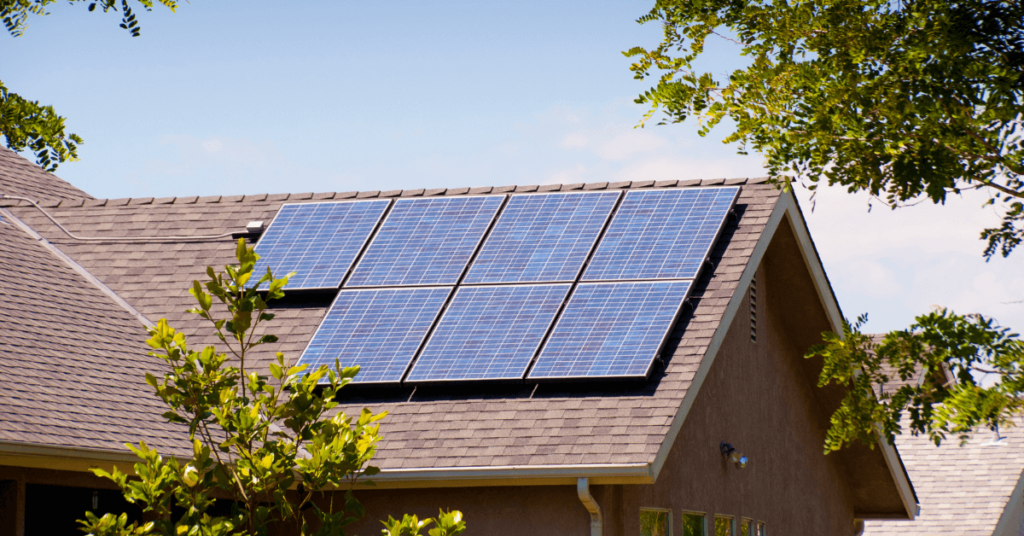April 26, 2024 in Gutters & Downspouts
Are Your Gutters Ready for Heavy Downpours?
They say, “April showers bring May flowers.” After a storm, have you ever looked up at your roof and wondered what happened to all that water? PJ’s Roofing understands that as the seasons change and heavy downpours become more frequent, your gutters need to be in good working order. We’re here to help you get them ready for any upcoming heavy downpours.
Understanding the Impact of Heavy Downpours
Rain bucketing down is more than a minor inconvenience; it can absolutely devastate your home. When it’s over, you may be left with a ton of problems including water damage, foundation issues, and landscape erosion. Talk about a nightmare. Thankfully, it’s all avoidable. Well-maintained gutters that direct rainwater away from your property, stopping it from seeping into your home’s foundation, and potentially saving you from costly repairs in the future.
Performing Assessments
Be on the lookout for visible damage, debris, or blockages. Check for any signs of sagging or separation, as this could indicate poor gutter installation. Make sure everything’s properly aligned with the right pitch to direct water toward the downspouts. You’ll also want to inspect those for any clogs or damage. If you do find any issues, don’t wait to take care of them. If you see signs of rust or corrosion they might need to be repaired or replaced immediately.
Cleaning Your Gutters Safely
When you’re ready to roll up your sleeves and get cleaning, you’ll need to gather up a few tools and some equipment. Make sure you have a sturdy ladder, gloves, and a trowel. Safety should always be a top priority when working high above the ground. Before climbing up, check and make sure your ladder is secure and stable. You’ll also need to have all of the appropriate safety gear. This includes gloves and non-slip footwear to protect yourself from debris and help prevent potential falls.
Don’t do this alone. Have a spotter watching over you and assisting when needed. Be careful to avoid any power lines. Also, look out for obstructions overhead when lining up your ladder. Following these safety guidelines and being fully aware of your surroundings will keep you safe.
Once you’ve climbed the ladder, you can start by pulling out and removing any debris that has piled up. You can also take the trowel and scoop out leaves, twigs, and other blockages, making sure to clear the way for proper water flow. Once the debris is cleared, flush it out with water to remove any remaining dirt and grime.
While it may not be the most exciting way to spend a Saturday afternoon, it’s important to have a schedule for cleaning your gutters at least twice a year. This helps stop clogs from blocking and trapping rainwater. Don’t forget to pay attention to the condition of the gutter seams and joints, as issues with these can cause leaks and require sealing or caulking.
Repairing and Reinforcing
If you notice any leaks or holes, don’t worry. You’ll just need to take the time to patch them up. Be sure to reattach anything loose or sagging so it’s properly secured. For added protection, consider installing gutters with guards or screens to prevent debris from accumulating. With proper maintenance and repairs extending their lifespan, they can continue preventing water damage to your home for a long time. Since on average they can last twenty to fifty years it’s easy to see how investing in quality materials and regular upkeep can save you time and money in the long run. So, when you’re out there repairing or installing gutters, make sure to use the appropriate materials and techniques for a lasting and effective solution.
Improving Drainage
Proper drainage prevents water from pooling around your home’s foundation. Check your gutters and downspouts to make sure they’re doing their job and directing the water away from your foundation. You can also install extensions or splash blocks to further guide water away from your house. If you’re looking for a more sustainable solution, consider creating a rainwater diversion system. By directing rainwater away from your home, you can protect your foundation and landscaping from potential water damage. Don’t forget about the grading around your home. A good slope and drainage setup stops water from gathering where it shouldn’t. This keeps your foundation and landscaping safe and leaves you the dry and comfortable home you deserve.
Regular Maintenance
This level of care isn’t something you should try to do on the fly or at the last minute. It’s important to set aside time for periodic inspections and cleanings. Address any issues ASAP to prevent any further damage, and when in doubt, don’t hesitate to call in the professionals for more complex tasks. Remember, regular maintenance can help you catch minor issues early on. Being proactive with your gutter care keeps your home protected from water damage. Creating a maintenance calendar makes it simple to keep on top of which tasks were performed and when they will be due for the next round of maintenance chores.
Be Prepared
A little bit of prevention and maintenance now can end up sparing you from major problems in the future. Caring for your gutters properly is clearly an important part of protecting your home during storms with heavy downpours. If you assess, clean, and repair them, they’ll protect your home from potential water damage. We’re here to help. Contact PJ’s Roofing today.

